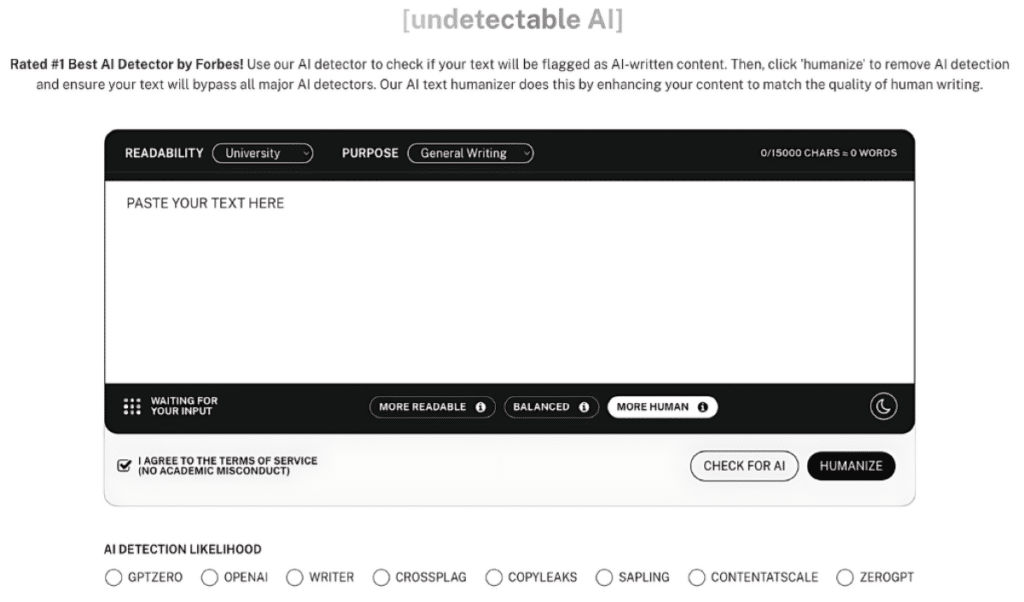SUPERX and Selling Superheroic Wear
By: Maria Williams
Superheroes have been an integral part of pop culture for decades, but their success has become monolithic in the last ten years specifically. From the record-breaking success of movies like The Avengers to the near ubiquity and omnipresence of characters like Superman and Batman in the entertainment industry, superheroes are arguably more popular than ever.
Austin Gayne, the CEO and the creator of SUPERX, is keenly aware of this. The buying habits of Americans are leaning increasingly toward superhero apparel and gear, and Gayne and his company, SUPERX, are experts in this field.
Gayne says, “The fanbase of superhero and pop culture characters is widening and deepening. The niche is gaining awareness with new fans while gaining deeper passion from the current base, making the consumer sales volume significantly higher.”
As the visionary behind SUPERX, Austin Gayne’s origin story reads like something out of a superhero story. He started with nothing and achieved remarkable success by age 29. His companies merge activewear and pop culture and are the first in the world to do this with officially licensed collections from collaborators like Marvel, DC, Assassins Creed, GI Joe, Power Rangers, Dragon Ball Z, and more. He says, “Securing licensing deals with Marvel and other large companies was a significant journey over five years.” According to Gayne, the process involved several key steps:
- Developing Product Market Fit: This included gaining a deeper understanding of the market and what general audiences were interested in buying.
- Gaining Traction: In a crowded and often oversaturated marketplace, Gayne and his team had to do their research and learn how to stand out from their competitors. The answer, it turns out, was to get officially licensed gear and become pioneers in the field.
- Approaching Licensing Partners: Getting in the door with companies like Marvel was one thing, but convincing them to partner with Gayne required extensive preparation and pitching.
- Negotiation and Agreement: Furthermore, the legalities of selling officially licensed merchandise from such large-scale companies were complex, requiring a great deal of know-how and a delicate, patient hand.
- Ongoing Relationship Management: Maintaining these relationships is critical to SUPERX’s success and a vital part of Gayne’s role.
“This multi-year journey was challenging but ultimately rewarding, as it allowed us to align with some of the biggest names in the industry and significantly elevate our brand’s stature and reach,” explains Gayne.

Photo Courtesy: SUPERX
When speaking about superhero merchandising and its opportunities, Gayne says that one of the accurate depictions of the real-world market he has seen is, fittingly, in a superhero property itself. “’The Boys’ accurately depicts the superhero genre’s immense growth. In reality, superhero movies, merchandise, and related media are great growth generators. Companies like Marvel and DC have built multi-billion dollar franchises through films, TV shows, comics, toys, and apparel. The show’s portrayal of a corporate entity, Vought International, which manages and markets superhero-like products, mirrors real-world entertainment companies that capitalize on superhero popularity.”
Gayne is buzzing with excitement about what’s ahead for SUPERX. Recent releases have skyrocketed as some of their sellers, and there’s even more on the horizon. Among their biggest hits are the Power Rangers and Marvel’s Deadpool & Wolverine. The Power Rangers tapped into a devoted fan base with three decades of unfulfilled demand, making the collaboration incredibly gainful. Meanwhile, Deadpool & Wolverine rode the wave of movie hype, sparking massive interest and driving sales. But the premier is yet to come—Batman and Spiderman are in the works, with these highly anticipated releases set to drop in winter 2024-2025.
Published by: Martin De Juan



